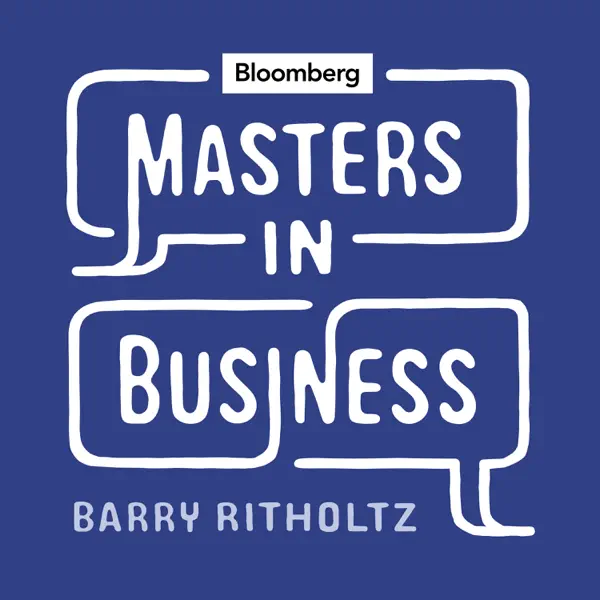Anyone interested in money should check out JP Koning’s excellent blog. In a post discussing the ECB’s decision to stop producing 500-euro banknotes, Koning made this claim:
This highlights an important point that I often mention on this blog. One of the most popular motifs of central banks is that they print cash willy nilly, forcing it onto an unsuspecting and virginal economy. This wildly misses the mark. Central banks do not push banknotes into the economy. Rather, the public pulls banknotes out of the central bank into the economy and pushes them back to the central bank.
I understand the point he is making here, and it has some validity. But I don’t agree that the alternative view “wildly misses the mark”. There are different ways of viewing the process of money creation, and “forcing it onto an unsuspecting and virginal economy” is a perfectly respectable way of envisioning the process. Here are a couple plausible claims:
1. The Fed targets interest rates and accommodates the public’s demand for currency at the interest rate target.
2. The Fed targets inflation and accommodates the public’s demand for currency at a 2% inflation target.
I don’t think the first view is particularly useful, as the Fed frequently adjusts its interest rate target as required to stabilize inflation. So interest rates are mostly endogenous, much like currency.
The second claim is more useful, but raises another question. How does the Fed create 2% inflation, on average? That sort of trend inflation rate is not normal; indeed it’s extremely abnormal. Throughout human history, trend inflation has mostly been close to zero, with occasional spikes during wartime, etc. So how does the Fed create 2% inflation?
Between 1990 and 2008, they did so by “forcing extra base money onto an unsuspecting and virginal economy”. They printed just enough money to push prices higher at the desired rate. Prior to 1990, they didn’t even target inflation, and therefore inflation often greatly exceeded 2%.
Between 1960 and 2007 the Fed increased the monetary base from $50 billion to $837 billion, by forcing $787 billion in new base money onto an unsuspecting and virginal US economy. And doing so caused a lot of inflation and a big rise in NGDP.
The monetary base is not identical to currency. But prior to 2008, the base was more than 98% currency. So it would be 98% accurate to describe the process as forcing extra currency onto the public.
Today, things are different. Currency is still a substantial portion of the base, but a far smaller share than prior to 2008. The rest is commercial bank deposits at the Fed. The Fed still does rely to some extent on money printing as a way of boosting prices, but less so than prior to 2008. Instead, they often adjust the interest rate on bank reserves.
You can think of a cut in the interest rate on bank reserves as being equivalent to an open market purchase of bonds. Before 2008, they forced currency onto the public by purchasing Treasury bonds with new base money. More than 98% of the new base money went out into the economy as currency. Now they cut the IOR, which discourages banks from holding reserves. Banks then try to get rid of these unwanted reserves, which flow out into the economy as currency. The extra currency drives up prices, just as with an open market purchase. Instead of the Fed injecting cash, the Fed is incentivizing commercial banks to inject cash. Either way, it pushes up the price level.
At its most basic level, monetary economics is quite simple. The price level is the inverse of the value of money. The central bank controls the price level (i.e., the value of money) by adjusting the supply and demand for base money. They can raise prices by adding to the supply of base money or reduce base demand with a cut in IOR. Or that can reduce the price level by reducing the supply of base money or increasing the demand for base money by raising IOR. It’s basic supply and demand, nothing more.
Prior to 1913, the base was 100% currency. As late as 2007, the base was still more than 98% currency. Thus for most of our history, changes in the base were almost identical to changes in the currency stock. If the Fed wishes to create 2% inflation, they’d print more currency than the public would wish to hold if inflation were 0%. Then they would force it into an “unsuspecting and virginal economy”.
It’s not a question of Koning being right or wrong, or me being right or wrong. The issue is which description of the process is more useful. For some purposes, Koning’s description is more useful. For other purposes, my description of the process is more useful.
Here’s an analogy. A new gold mine opens and the owners sell 20 tons of gold on the international gold market. Is that gold being “forced” on the public? Yes and no. No in the sense that people are free to not buy the new gold. Yes in the sense that the mine is determined to sell the gold, even though the extra gold is not wanted or needed at the pre-existing gold price. The mine sells the gold for whatever people are willing to pay. This forces the price of gold down until people willingly buy the new gold.
Central banks add currency whether people want the money or not. But people are not going to throw away this new money. Instead, prices rise until people willing hold the extra currency.















